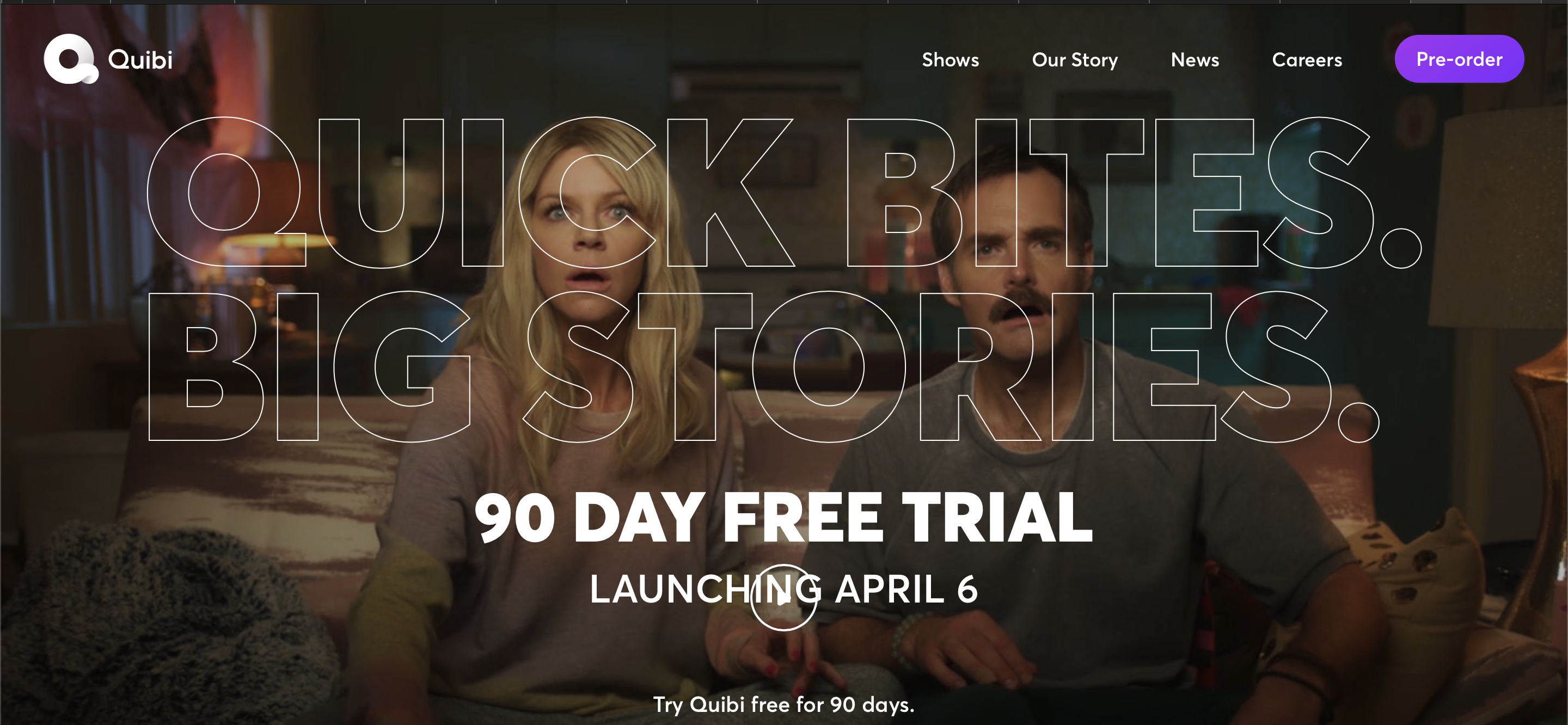
It’s normal human behavior to think “if only X happened, then everything would be so much better.”
In the startup world, these statements are usually around the next round of funding:
- fundraising/runway – if only I raised the A, then everything would be so much better
- winning a key contract – if only we had a fortune 500 client, then everything would be so much better
- growth and hiring – if only we had the CRO in place…
When you are a seed stage company, you think life would be so awesome if you only get to Series A and have more money in the bank. Before product market fit, you yearn for product market fit and imagine how amazing life would be (even though PMF is not permanent).
Much like in life, even when the desired outcome happens, it’s not so much better. Or maybe it is, but only for a brief period. Then we adjust to the new normal and our emotional status reverts back. And whatever that new normal is, it is not the “so much better” place we had imagined.
I appreciate that some of these desires touch on the existential. Closing the next round of funding seems to remove the existential risk you face. But… it really doesn’t. It just kicks the can down the road. X rounds of funding does not guarantee the X+1 round of funding.
The new normal is not awesome. It may not be so much better.
It is only different.
As you grow from 5 people to 15, it’s a very different world. From 15 to 100, even more different. The problems change, the challenges change, but it may always be existential.
This is the fact anyone in business has to get comfortable with. Large public companies have major challenges. Often existential challenges. Just look at Intel. There are public companies that are in “turnaround” mode, where things were going great—but then, for a whole bunch of reasons, they were not going great and it was existential. Now (usually new) management is trying to turn the company around.
When a startup is smaller, the existential risk is immediate. You can go from functioning to shut down in 30 days. For large public companies, the existential risk may span decades, but there are, in fact, public companies out there that are slowly dying. Just like great companies can lose their trajectory and mojo, companies can be turned around and made great again. It’s hard.
Nothing is ever easy. It’s always challenging. The scale and scope of challenges change, but challenges themselves never go away. It will never be calm and problem-free. Ever.
To paraphrase Sam Harris, dealing with the challenges *is* the living of life. The same is true of business. Business involves the constant dealing with new challenges. The sooner you learn to accept it, or even love it, the sooner it will be less painful and more just the norm. Because doing the difficult challenging stuff is what building and managing a business is all about.
It never gets easier. But your perspective changes. The fact that you love the challenge makes it hit differently. Perhaps it can even become… normal?





